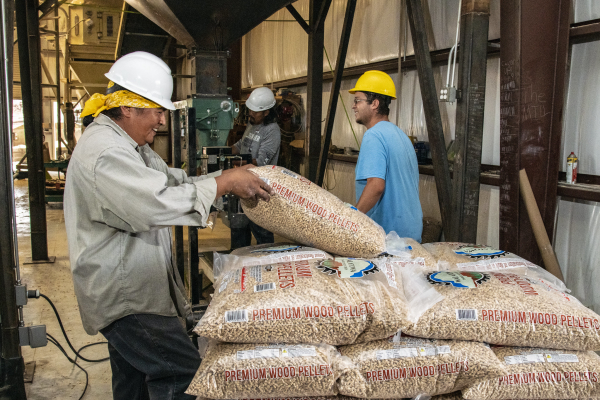Michigan’s Safest Hunting Season Ever
By Glen Wunderlich
Outdoor Columnist
Member Professional Outdoor Media Association
The Michigan DNR has reported that the November firearms deer season was the safest on record with no fatalities. “Michigan has seen a continued drop in hunter casualty incidents since implementation of mandatory hunter education and mandatory hunter orange laws,” said Sgt. Jon Wood, program supervisor for the DNR’s Hunter Education Program.
The 2009 hunting season recorded 12 hunting-related accidents, and just one fatality during turkey season. In 2005, the DNR recorded 19 accidents with three fatalities; and in 2000, there were seven fatalities and 32 accidents. In 1950, the department recorded 25 fatalities and 190 accidents. Credit is given to the mandatory hunter safety training, which began in 1971 for first-time hunters ages 12 through 16. In addition, in 1977 hunter orange laws became effective, and 10 years later, fatalities and accidents were cut in half.
According to the National Shooting Sports Foundation (NSSF), 92 percent of Americans believe all new hunters should be required to pass hunter education courses before being permitted to get licenses. Interestingly, however, is that 32 percent of non-hunters do not agree that hunting is a safe recreational activity. So, it is understandable, that when a proposal to lower age requirements to hunt in Michigan was in the offing, opposition sprung up against the idea based on safety concerns. We now know, based on results, that their claims have not come to fruition.
The NSSF also points out an interesting finding that half of the general population believes that hunting causes more deaths among participants than does fishing. However, statistics reveal the truth: More people die while fishing than while hunting. The Coast Guard’s 2006 Boating Statistics show that fishing deaths are typically from drowning while fishing from boats. In year 2005, a total of 225 of the 710 boating-related fatalities occurred to people whose activities included fishing from boats. In fact, about twice as many people die while fishing than while hunting nationwide.
When elevated stands were legalized in Michigan to hunt deer with firearms, more hunters were taking to the trees, thus creating more opportunity for falling accidents. At the same time, however, by virtue of downward shooting angles from elevated blinds, it stood to reason that safety would improve in that respect. No doubt, hunters have injured themselves from falls but much credit goes to the treestand industry for minimizing accidents. Hunters’ safety vests or harnesses are standard equipment with stands today and are far superior to simple belts many hunters used years ago. Technology has played a role, too. Instructional DVDs emphasizing proper safety techniques are now a part of packaging. Certainly, treestand manufacturing companies are motivated to manage their risks of lawsuits by hunters but, nonetheless, have stepped up and done their part with safe products.
And, to think these improvements in safety have come without some nannyesque mandate to actually wear safety belts while above ground and without having to paint our blinds orange.






